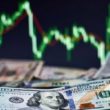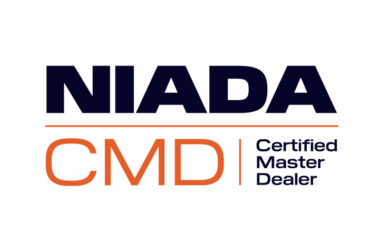Shortly after starting his own dealership in 1991, selling 15 to 25 cars per month, Greg Reine learned the cancer he’d fought six years before had returned.
After receiving a bone marrow transplant, he spent 30 days in the hospital and another 30 days at home.
“Your life just kind of comes to a stop,” Reine recalled.
The newest health battle added to the challenges facing the young dealer, who had grown up detailing cars at the dealership where his father worked. Reine had started selling cars in high school even desking his own deals.
But with medical bills wrecking his credit, he found the money to keep his dream going to be in short supply.
“No banks would lend me money because of my credit,” he said.
The hurdles in front of him only fueled his drive. He took what money he made on each retail or wholesale sale to keep himself going and slowly build his dealership.
“The advantage I had with not being able to get money was wanting to be successful and having that drive to be successful,” Reine said. “Money is great, but my biggest drive was the fear of failure.”
Years later, Reine appreciates the journey to where he is today. He operates three Auto Liquidators Plus locations in Texas – Dallas, Waco and Tyler – selling 125 cars per month.
“Where I was to where I am now, I never take for granted. I had no credit, no money and bad health. I’ve come a long way,” Reine said.
Reine will be a speaker at the NIADA Convention and Expo June 17-20 in Las Vegas. He will present the session, “Know Your Numbers and Thrive” with fellow Texas dealer, Eddie Hale, President of Neighborhood Autos in Decatur.
The session builds on lessons he tries to pass on to young dealers he encounters.
“When young dealers come to me, I try to teach them to get their accounting in order,” Reine said. “But the second thing I try to teach them is how much do you have at the end of the month. How much do you have at the end of the year? I don’t care on paper if I make $1 million or $2 million on paper. It’s irrelevant to me. It’s how much did I start the year with, and how much did I finish the year with? Granted, if I finish the year with less than I started, but my portfolio grew and I paid off any other debt, I might not have more money at the end of the year but I retired a debt or a portfolio may have grown. You have to calculate all those things. How much do I have today versus what I had yesterday or last year? This business is based on cash flow. It’s not based on paper profit. That’s what a lot of dealers struggle with.”
See the full article in the June issue of UCD.









